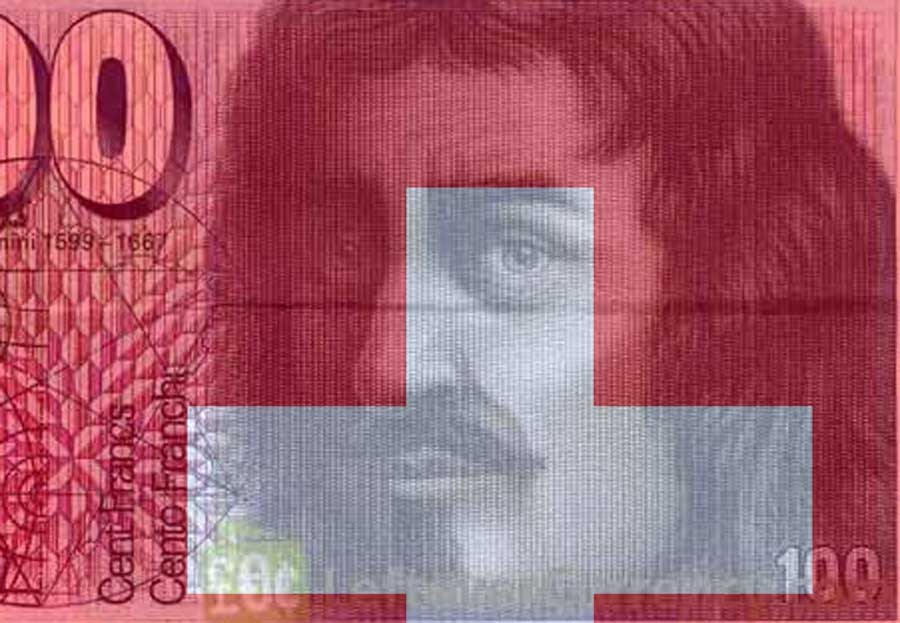Swiss Franc Surges Amid U.S. Tariff Escalation
The Swiss franc has experienced a significant surge, reaching a decade-high against the U.S. dollar, following President Donald Trump's announcement of increased tariffs on Chinese imports. This development has intensified market volatility and heightened demand for safe-haven assets.

In a dramatic turn for global currency markets, the Swiss franc (CHF) surged to its highest level against the U.S. dollar in over 17 years, capturing headlines in March 2025. Triggered by President Donald Trump’s abrupt escalation of tariffs on Chinese imports, the move sparked a wave of investor anxiety and sent shockwaves through financial markets. As tensions flared between the world’s two largest economies, traders rushed to the safety of the Swiss franc—long considered one of the world’s most reliable safe-haven currencies—propelling it to a decade-high against the greenback.
CHF appreciated by over 5% against the U.S. dollar (USD) following President Donald Trump’s decision to escalate tariffs on Chinese imports. This move intensified trade tensions between the U.S. and China, leading investors to seek safe-haven assets. The franc’s rise to a decade-high against the dollar reflects heightened demand for currencies perceived as stable amid global economic uncertainties.
Often referred to as a “safe-haven currency,” the Swiss franc benefits from Switzerland’s long-standing reputation for political neutrality, low inflation, and sound fiscal management. The country’s banking system is highly regarded, and the Swiss economy has historically demonstrated resilience in periods of global stress. As global risk appetite deteriorates, the CHF tends to appreciate as capital flows into assets denominated in francs, including Swiss government bonds.
The surge in CHF has coincided with pressure on the Swiss economy’s export sector, which is particularly sensitive to currency strength. Swiss manufacturers and watchmakers, whose goods are priced higher abroad when the franc strengthens, face increasing challenges in maintaining competitiveness. The Swiss National Bank (SNB) has acknowledged this concern, noting that a persistently strong franc could weigh on economic growth and inflation.
The escalation of tariffs has also impacted other major currencies. The euro (EUR) and Japanese yen (JPY) have strengthened as investors diversify away from riskier assets. The euro has gained against the dollar, while the yen has reached its strongest level in six months. Gold prices have surged to a new record above $3,200 per ounce, indicating strong safe-haven demand.
Analysts have expressed concerns about the broader economic implications of the escalating trade tensions. The KOF Institute at Zurich's ETH university estimated that if the U.S. imposes higher tariffs, Swiss GDP could be reduced by up to 1%.
Analysts suggest that the U.S. dollar’s weakness is linked to a loss of confidence in U.S. assets due to the ongoing trade disputes. The dollar index has fallen below 100 for the first time since July 2023, as investors reassess the stability of U.S. financial markets.
In response to the escalating trade tensions, central banks are closely monitoring currency movements. The Swiss National Bank (SNB) has expressed concern over the franc’s appreciation, which could impact the country’s export-driven economy. However, the SNB has refrained from intervening directly in the currency markets, opting instead to adjust monetary policy as needed. With inflation in Switzerland still within target, some analysts expect the SNB to keep rates steady but maintain an easing bias to deter further appreciation of the currency.
The KOF Institute at Zurich's ETH university estimated that if the U.S. imposes higher tariffs, Swiss GDP could be reduced by up to 1%.
Looking ahead, currency forecasts for 2025 remain cautious. Analysts anticipate continued volatility in the foreign exchange markets, influenced by ongoing trade disputes and geopolitical developments. The performance of the Swiss franc will likely be closely tied to global risk sentiment and investor demand for safe assets. Meanwhile, the SNB’s policy stance and Switzerland’s export performance will be critical to determining the franc’s trajectory in the months ahead.
Currency forecasts for 2025 have been adjusted with market experts anticipate continued volatility, with the Swiss franc expected to maintain its strength against the U.S. dollar. The yen and euro are also projected to benefit from the risk-off sentiment prevailing in the markets.
Investors are advised to monitor developments in the U.S.-China trade negotiations closely, as further escalations or resolutions could significantly impact currency valuations. Diversifying portfolios and staying informed about global economic indicators remain prudent strategies in the current environment.

Disclaimer: Please note any provider recommendations, currency forecasts or any opinions of our authors should not be taken as a reference to buy or sell any financial product.
